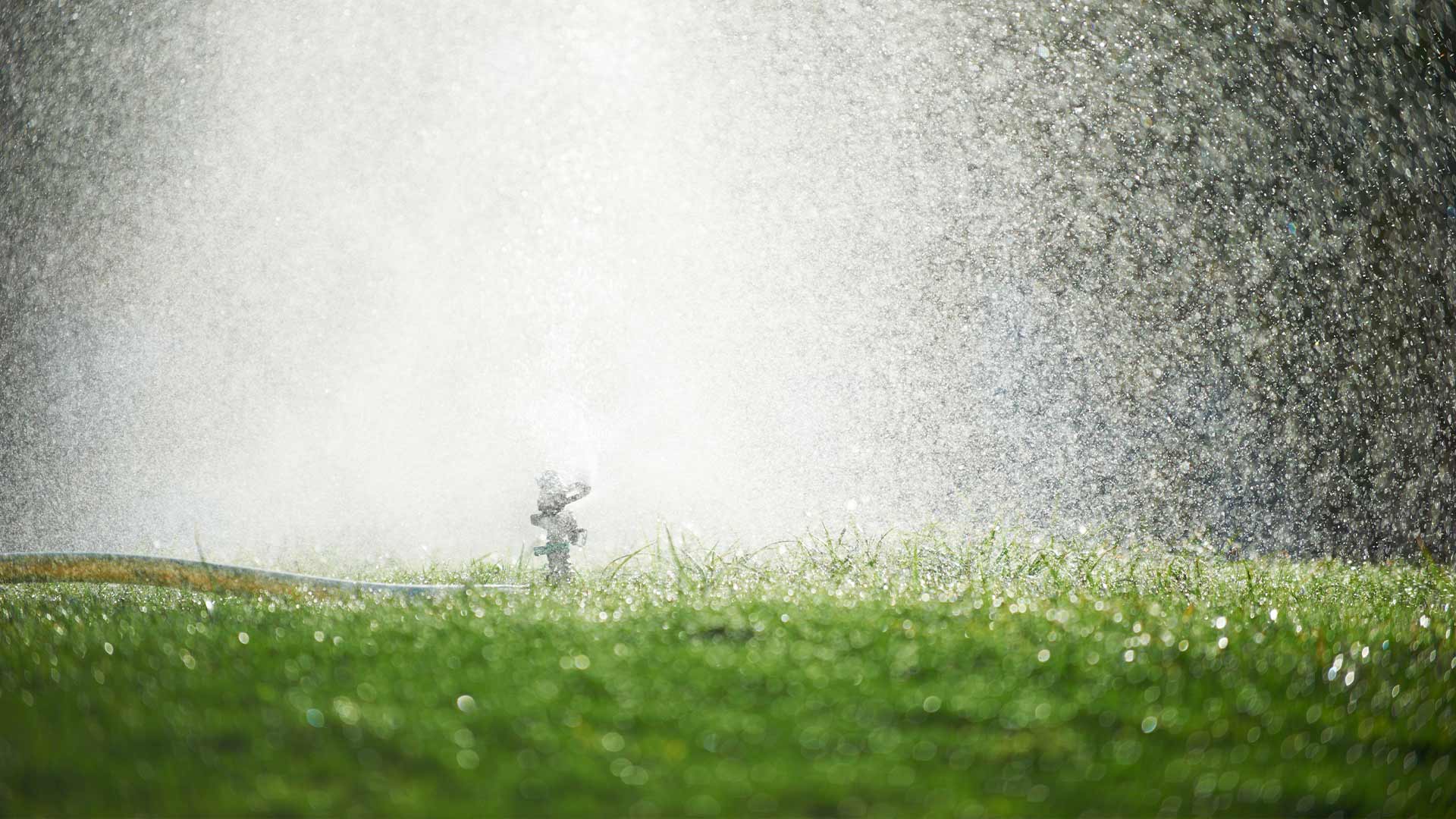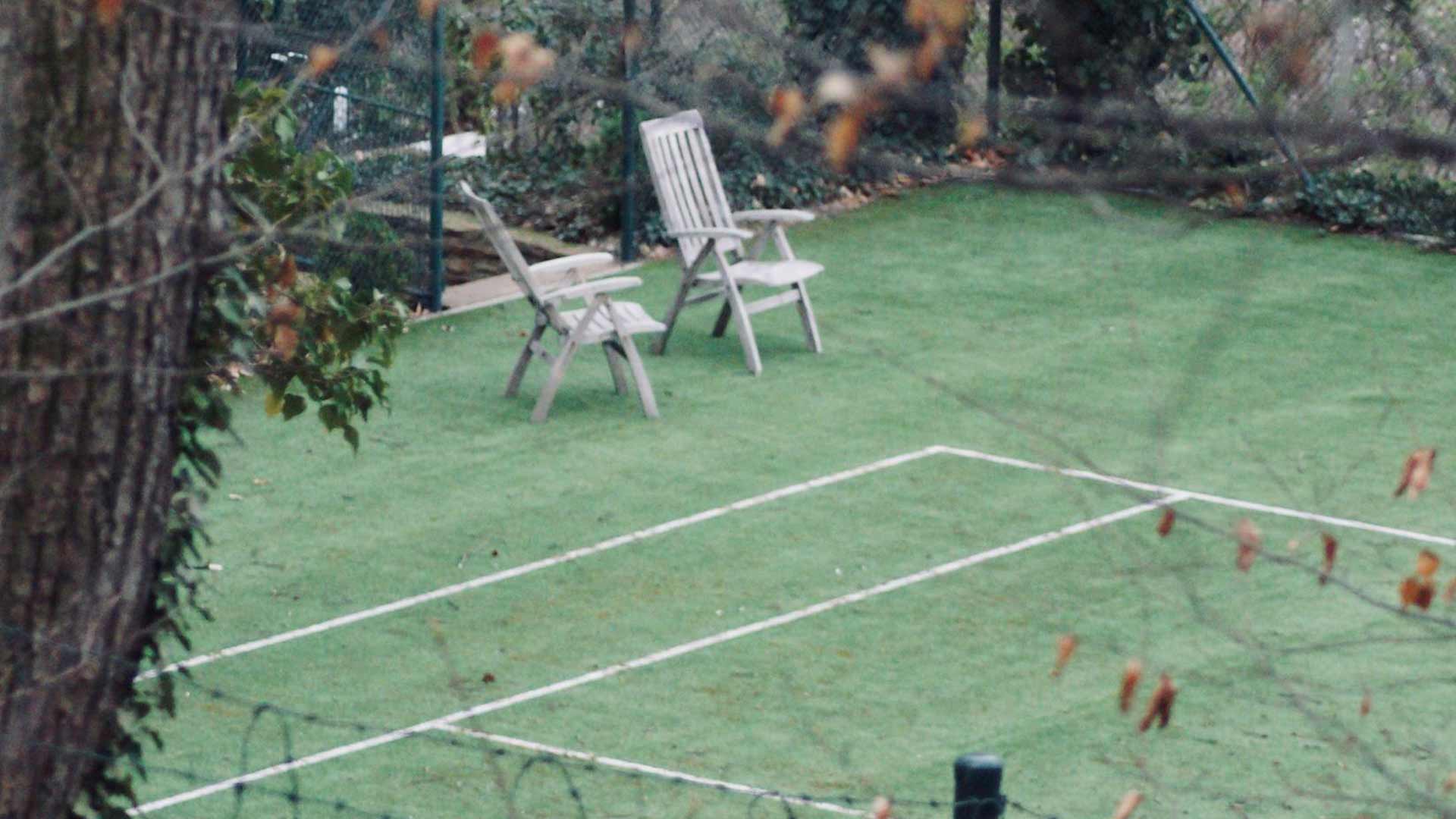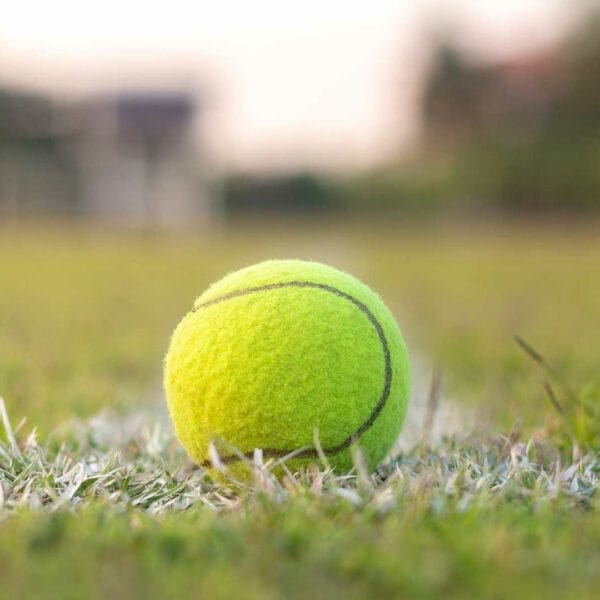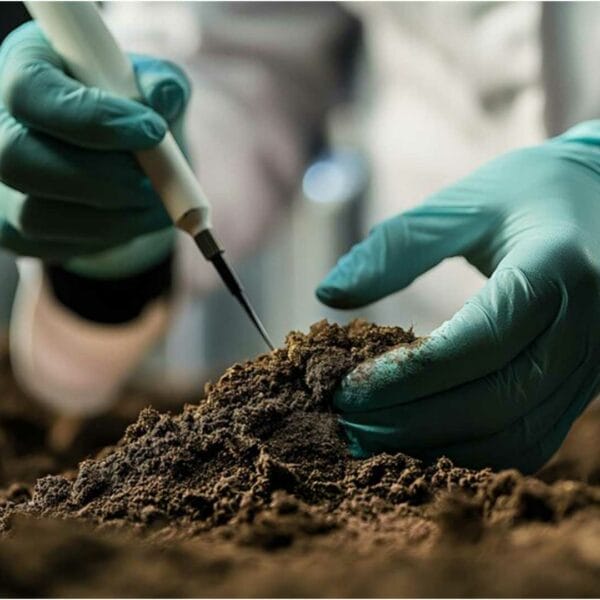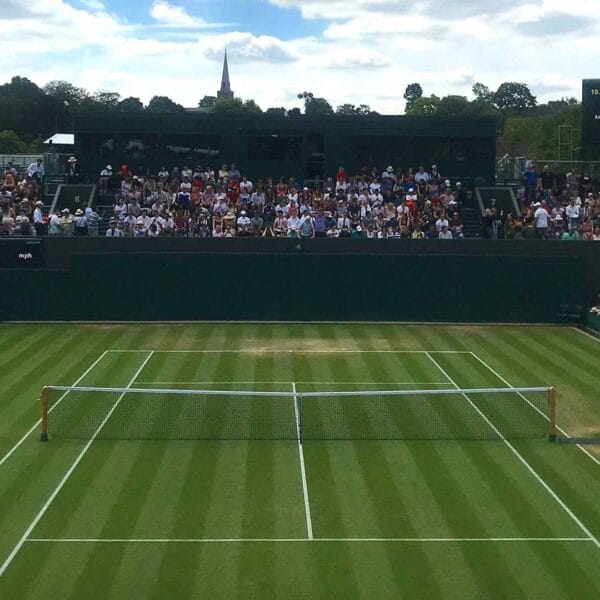Perfectly Watered Grass Tennis Courts
Understanding the Importance of Proper Lawn Care for Tennis Courts
Proper lawn care is crucial for maintaining a healthy and well-maintained tennis court. A well-manicured lawn provides an ideal playing surface for athletes, ensuring optimal traction, ball bounce, and overall player safety. Conversely, neglecting lawn care can lead to uneven surfaces, slippery conditions, and increased risk of injuries.
Tennis courts are often exposed to harsh weather conditions, including extreme temperatures, heavy rainfall, and direct sunlight. These environmental factors can cause grass courts to deteriorate rapidly if not properly maintained. Failing to address these issues can result in costly repairs, reduced playability, and compromised athlete performance.
A well-cared-for lawn also enhances the aesthetic appeal of the tennis facility, creating a positive impression for players, spectators, and visitors alike. Moreover, proper lawn care contributes to a sustainable and environmentally friendly sports environment by minimizing water consumption, reducing chemical usage, and promoting eco-friendly practices.
In addition to its functional benefits, proper lawn care has been shown to have a significant impact on player performance and satisfaction. Research suggests that athletes competing on well-maintained courts experience improved ball control, faster recovery times, and enhanced overall game quality. By prioritizing lawn care, tennis facilities can create a competitive edge, foster a positive player experience, and establish themselves as leaders in the sports industry.
To achieve optimal lawn health, it’s essential to adopt a comprehensive approach to lawn care, incorporating regular maintenance tasks, such as mowing, fertilization, and pest management. By understanding the importance of proper lawn care and implementing effective strategies, tennis facilities can revolutionize their lawn game, providing a superior playing experience for athletes and enhancing the overall reputation of their sports complex.
Assessing Soil Type and Moisture Levels for Optimal Watering
When it comes to watering your grass court, understanding the soil type and moisture levels is crucial for achieving optimal results. Different types of soil have varying capacities to retain water, which affects how much water they require to stay hydrated. For instance, sandy soils tend to drain quickly, requiring more frequent watering, while clay soils retain water longer, necessitating less frequent watering.
To determine the soil type of your grass court, you can perform a simple test by digging a small hole and observing the soil texture. If the soil crumbles easily when touched, it’s likely sandy. On the other hand, if the soil sticks together when wet but breaks apart when dry, it’s probably clay-based. Loamy soils, which combine elements of both sand and clay, fall somewhere in between.
In addition to identifying the soil type, assessing moisture levels is equally important. You can do this by inserting a finger into the soil up to the knuckle. If the soil feels dry, it’s time to water. If it’s already moist, wait another day before checking again. It’s also essential to monitor the soil’s moisture levels during different seasons, as changes in temperature and humidity can affect the soil’s ability to retain water.
Using a soil probe or a moisture meter can provide more accurate readings, especially for larger areas. These tools measure the soil’s electrical conductivity, which correlates with moisture levels. By combining soil type analysis with moisture level assessments, you’ll be able to tailor your watering schedule to meet the unique needs of your grass court.
For example, if you have a sandy soil with low moisture levels, you may need to water every two to three days during hot summer months. In contrast, a clay-based soil with adequate moisture levels might only require watering once a week. By taking the time to understand your soil’s characteristics and adjusting your watering strategy accordingly, you’ll be able to optimize water efficiency, reduce waste, and promote healthy grass growth.
Choosing the Right Irrigation System for Your Lawn Court
Selecting an appropriate irrigation system is a critical step in maintaining a well-watered and healthy lawn court. With numerous options available, it’s essential to consider factors such as water pressure, flow rate, and coverage area to ensure that your chosen system meets the specific needs of your tennis court.
Drip Irrigation Systems
One popular option for lawn courts is drip irrigation systems. These systems deliver water directly to the roots of the grass, reducing evaporation and runoff. Drip irrigation systems are particularly effective for clay-based soils, as they allow for precise control over water application rates. They’re also energy-efficient and can help reduce water consumption by up to 50%.
Sprinkler Systems
Sprinkler systems are another common choice for lawn courts. These systems use overhead sprinklers to distribute water evenly across the surface. However, they can be prone to overspray and evaporation, making them less efficient than drip irrigation systems. To minimize these issues, consider installing pop-up sprinklers or impact sprinklers, which offer better coverage and reduced water waste.
Soil-Specific Irrigation Systems
Some irrigation systems are designed specifically for certain soil types. For example, porous pipe irrigation systems work well with sandy soils, as they allow for rapid water infiltration and reduced runoff. Similarly, bubbler irrigation systems are ideal for clay-based soils, as they provide consistent water delivery and prevent waterlogging.
Smart Irrigation Controllers
Smart irrigation controllers take lawn care to the next level by integrating weather forecasts, soil moisture sensors, and scheduling capabilities. These systems enable you to adjust your watering schedule based on real-time data, ensuring that your lawn court receives exactly the right amount of water at the right time. Some smart irrigation controllers even offer remote monitoring and control via mobile apps, allowing you to fine-tune your watering strategy from anywhere.
Key Considerations When Choosing an Irrigation System
Before selecting an irrigation system, consider the following factors:
* Water pressure: Ensure that your chosen system can handle the water pressure in your area.
* Flow rate: Choose a system that matches your lawn court’s water requirements.
* Coverage area: Select a system that provides even coverage across your entire lawn court.
* Energy efficiency: Opt for systems that minimize energy consumption and reduce water waste.
* Maintenance: Consider systems with easy maintenance features, such as self-cleaning nozzles and adjustable spray patterns.
By carefully evaluating these factors and choosing the right irrigation system for your lawn court, you’ll be able to create a lush, healthy environment that supports optimal grass growth and performance.
Determining the Ideal Watering Schedule for Different Weather Conditions
Proper watering is crucial for maintaining a healthy and thriving lawn. However, the ideal watering schedule varies depending on several weather conditions, including temperature, humidity, wind speed, and precipitation. This section will explore how to determine the perfect watering schedule for different weather conditions.
Weather Conditions Affecting Watering Schedules:
1. Temperature: During hot summer months, lawns require more frequent watering to compensate for increased evapotranspiration. Conversely, during cooler temperatures, lawns may need less water.
2. Humidity: High humidity can lead to excessive water loss through transpiration, requiring more frequent watering. On the other hand, low humidity means less water loss, allowing for less frequent watering.
3. Wind Speed: Strong winds can accelerate water loss through evaporation, necessitating more frequent watering. Lighter winds result in slower water loss, enabling less frequent watering.
4. Precipitation: Adequate rainfall reduces the need for supplemental watering, while droughts demand more frequent watering.
Adjusting Watering Schedules Based on Weather Conditions:
To optimize lawn health, it’s essential to adjust watering schedules according to changing weather conditions. Here are some tips to help you do so:
* Monitor local weather forecasts to anticipate changes in temperature, humidity, wind speed, and precipitation.
* Use smart irrigation controllers that integrate weather data and soil moisture sensors to automatically adjust watering schedules.
* Increase watering frequency during hot and dry spells, and decrease it during cool and wet periods.
* Apply the “inch-per-week” rule: aim to provide approximately one inch of water per week, either through rainfall or supplemental irrigation.
* Consider implementing a “drought management plan” to conserve water during prolonged dry spells.
By adapting your watering schedule to accommodate various weather conditions, you can ensure your lawn court remains healthy, resilient, and perfectly prepared for play.
Measuring and Maintaining Consistent Water Pressure for Even Coverage
Achieving consistent water pressure is crucial for delivering even coverage across your lawn court. Inconsistent water pressure can lead to overwatered areas, resulting in shallow root growth, reduced grass density, and an increased risk of disease and pests. To ensure optimal water distribution, it’s essential to measure and maintain consistent water pressure.
Understanding Water Pressure Measurement:
Water pressure measurement involves assessing the force exerted by water flowing through your irrigation system. This can be measured in pounds per square inch (PSI). The recommended water pressure range for most lawn courts is between 20-50 PSI. If your water pressure exceeds 60 PSI, it may cause damage to your irrigation system and lead to uneven coverage.
Factors Affecting Water Pressure:
Several factors can impact water pressure, including:
1. Pipe size and material: Larger pipes with smooth surfaces tend to reduce friction and maintain higher water pressures.
2. Pump capacity: Insufficient pump power can lead to lower water pressures, resulting in inadequate coverage.
3. Elevation changes: Changes in elevation can affect water pressure due to gravity’s influence on fluid flow.
4. Clogged or restricted pipes: Blockages in pipes can significantly reduce water pressure, causing uneven coverage.
Maintaining Consistent Water Pressure:
To achieve consistent water pressure, consider the following strategies:
1. Install a pressure-reducing valve: This device helps regulate water pressure by reducing it to a safe level for your irrigation system.
2. Upgrade to larger pipes: Replacing smaller pipes with larger ones can improve water flow rates and reduce pressure drops.
3. Regularly inspect and clean pipes: Clearing clogs and debris from pipes ensures optimal water flow and prevents pressure losses.
4. Monitor water pressure regularly: Use a pressure gauge to track water pressure fluctuations and make adjustments as needed.
Benefits of Consistent Water Pressure:
Consistent water pressure offers numerous benefits for your lawn court, including:
1. Uniform coverage: Even water distribution promotes healthy grass growth and reduces the risk of disease and pests.
2. Reduced water waste: Optimized water pressure minimizes runoff and ensures that every drop counts.
3. Increased efficiency: Consistent water pressure enables your irrigation system to operate at peak performance, saving time and resources.
By understanding the importance of measuring and maintaining consistent water pressure, you can take steps towards achieving even coverage and promoting a healthy, thriving lawn court.
Avoiding Overwatering and Its Negative Effects on Grass Health
Overwatering is one of the most common mistakes made when caring for a lawn court. It can have severe consequences on the health and longevity of your grass, ultimately affecting its appearance and performance. When too much water accumulates in the soil, it can lead to a range of problems, including shallow root growth, reduced grass density, and an increased risk of disease and pests.
Negative Effects of Overwatering:
1. Shallow Root Growth: Excessive watering causes roots to grow closer to the surface, making them more susceptible to drought and environmental stress.
2. Reduced Grass Density: Overwatering can lead to weak and spindly blades of grass, resulting in a thin, patchy lawn.
3. Disease and Pest Infestations: Excess moisture creates an ideal environment for fungal diseases and pest infestations, which can quickly spread and cause significant damage.
4. Soil Compaction: Waterlogged soil can become compacted, preventing air, water, and nutrients from reaching the roots, further exacerbating the problem.
Signs of Overwatering:
1. Puddles or standing water on the surface
2. Yellowing or browning of grass blades
3. Soft, spongy, or squishy turf
4. Slow or no growth
Strategies for Avoiding Overwatering:
1. Monitor weather forecasts and adjust watering schedules accordingly
2. Use a rain sensor or smart controller to automate watering based on soil moisture levels
3. Implement a drip irrigation system to deliver water directly to the roots, reducing evaporation and runoff
4. Regularly inspect your lawn court for signs of overwatering and adjust your watering schedule as needed
5. Consider installing a drainage system to prevent water accumulation and promote efficient water flow
By being mindful of the risks associated with overwatering and taking proactive measures to avoid it, you can create a healthy, thriving lawn court that performs optimally and withstands the demands of regular use.
Implementing Drought-Tolerant Strategies for Low-Rainfall Areas
When living in regions with low rainfall, maintaining a lush and healthy lawn court can be challenging. However, with the right strategies and techniques, you can create a resilient and drought-tolerant lawn that thrives even in arid conditions. This section will explore effective methods for implementing drought-tolerant strategies on your lawn court.
Drought-Tolerant Grass Species:
One of the most critical steps in creating a drought-resistant lawn is selecting the right type of grass species. Some popular options for tennis courts include Bermuda grass, Zoysia grass, and Buffalo grass. These species are known for their ability to survive with minimal watering and can tolerate extreme temperatures.
Soil Amendments:
To improve the overall health and resilience of your lawn, consider adding organic matter to the soil. Compost, manure, or peat moss can help retain moisture, reduce soil compaction, and increase the soil’s water-holding capacity. This will enable your lawn to withstand periods of drought and recover faster when water becomes available.
Efficient Irrigation Systems:
While it may seem counterintuitive, installing an efficient irrigation system can actually help reduce water consumption. Look for systems that use precision sprinklers, drippers, or micro-sprinklers, which deliver water directly to the roots, minimising evaporation and runoff.
Mulching and Groundcovers:
Mulch and groundcovers can play a crucial role in retaining moisture and suppressing weeds. Organic mulches like wood chips or bark can help regulate soil temperature, while groundcovers like succulents or creeping thyme can fill gaps between pavers and reduce soil erosion.
Water-Saving Technologies:
Consider investing in cutting-edge technologies designed to conserve water. Rain sensors, soil moisture probes, and smart controllers can help optimise watering schedules, ensuring that your lawn receives exactly what it needs without wasting a single drop.
Regular Maintenance:
Finally, regular maintenance is essential for maintaining a healthy and drought-tolerant lawn. Keep your mower blade sharp, aerate the soil annually, and fertilise your lawn during the growing season to promote strong root growth and dense foliage.
By incorporating these drought-tolerant strategies into your lawn care routine, you can create a resilient and sustainable lawn court that thrives even in areas with limited rainfall. Remember to stay vigilant and adapt your approach as needed to ensure optimal performance and longevity.
Monitoring and Adjusting Watering Techniques Based on Grass Growth Stages
As your lawn undergoes different growth stages, its watering requirements change significantly. Understanding these variations is crucial to prevent overwatering or underwatering, both of which can have detrimental effects on your lawn’s health. By monitoring and adjusting your watering techniques accordingly, you can ensure your lawn remains healthy, vibrant, and well-maintained throughout the year.
Grass growth stages typically follow a predictable pattern:
1. Germination: During germination, young seedlings require consistent moisture to establish a strong root system. Water lightly but frequently to avoid washing away delicate seeds.
2. Seedling Establishment: As seedlings grow, they need adequate moisture to develop a robust root system. Gradually increase watering frequency and depth to support rapid growth.
3. Active Growth: During active growth, lawns require more frequent watering to meet their increased water demands. Aim to provide about 1-2 inches of water per week through a combination of rain and irrigation.
4. Dormancy: As lawns enter dormancy, they require less water due to reduced transpiration rates. Reduce watering frequency and depth to prevent overwatering and promote healthy root development.
5. Recovery: After a period of drought or stress, lawns may experience a recovery phase. Increase watering frequency and depth gradually to help the lawn regain its vigor.
To monitor and adjust watering techniques based on grass growth stages, follow these guidelines:
Use a soil probe or moisture meter to determine the soil’s moisture level before watering.
Adjust watering frequency and depth according to the lawn’s growth stage.
Consider using a smart controller or rain sensor to automate watering adjustments based on weather patterns and soil moisture levels.
Monitor lawn colour, texture, and density to detect early signs of overwatering or underwatering.
Make adjustments to your watering schedule as needed to prevent damage to your lawn.
Benefits of Monitoring and Adjusting Watering Techniques
By monitoring and adjusting watering techniques based on grass growth stages, you can:
Prevent overwatering and underwatering, reducing the risk of disease, pests, and nutrient deficiencies.
Promote healthy root development and encourage deep root growth.
Maintain a lush, green appearance and improve overall lawn quality.
Conserve water by tailoring watering schedules to specific growth stages.
Extend the lifespan of your lawn by adapting to changing environmental conditions.
By understanding the unique watering requirements of each grass growth stage, you can fine-tune your lawn care strategy to achieve optimal results and maintain a thriving, drought-tolerant lawn court.
Maintaining Lawn Court Drainage Systems for Efficient Water Flow
A well-designed drainage system is essential for maintaining a healthy and thriving lawn court. Proper drainage helps to remove excess water from the surface, preventing waterlogged soil and promoting even water distribution. This section will discuss the importance of maintaining lawn court drainage systems and provide expert tips for ensuring efficient water flow.
Importance of Lawn Court Drainage Systems
Lawn courts are prone to water accumulation due to heavy rainfall, irrigation, and poor drainage design. Excess water can lead to:
Waterlogging: Prolonged water saturation can cause roots to rot, leading to dead spots and uneven growth.
Erosion: Runoff can erode the soil, creating uneven surfaces and compromising the structural integrity of the lawn court.
Fungal diseases: Excess moisture creates an ideal environment for fungal growth, causing diseases that can devastate your lawn.
Designing Effective Drainage Systems
To maintain efficient water flow, consider the following factors when designing your lawn court drainage system:
Slope: Ensure the lawn court slopes slightly towards the drain to facilitate water runoff.
Inlets: Install inlets at regular intervals to collect and direct water into the drainage system.
Pipes: Perforated pipes are used to allow water to seep into the ground, reducing erosion and promoting healthy root growth.
Catch basins: Install catch basins to capture debris and sediment, prevent clogs, and maintain water flow.
Regular Maintenance for Efficient Drainage
To keep your lawn court drainage system functioning optimally, perform regular maintenance tasks:
Inspect drains: Check for blockages, corrosion, and damage to ensure smooth water flow.
Clean inlets: Remove debris and sediment from inlets to prevent clogs and maintain water flow.
Test drainage: Perform a simple test by pouring water onto the lawn court to identify areas where water accumulates.
Repair leaks: Address any leaks promptly to prevent water damage and maintain the drainage system’s integrity.
By implementing these strategies, you can create a well-designed drainage system that promotes efficient water flow, prevents water-related issues, and maintains a healthy and thriving lawn court.
Regular Maintenance and Upkeep for Long-Lasting Lawn Court Health
In conclusion, revolutionising your lawn game begins with a comprehensive approach to lawn care that prioritises optimal watering techniques. By understanding soil type and moisture levels, selecting the right irrigation system, and implementing a tailored watering schedule, you can achieve perfectly watered grass courts that support healthy growth and performance. To ensure long-lasting health, it’s essential to regularly monitor and adjust watering techniques based on grass growth stages, maintain efficient drainage systems, and perform routine maintenance tasks. By following these expert tips, tennis court owners and enthusiasts can create a lush, vibrant playing surface that enhances their overall lawn game experience while promoting sustainability and environmental responsibility in low-rainfall areas. Effective lawn care strategies also contribute to reduced water consumption, minimised waste, and lower maintenance costs, making them an attractive option for environmentally conscious individuals seeking to optimise their outdoor spaces.

